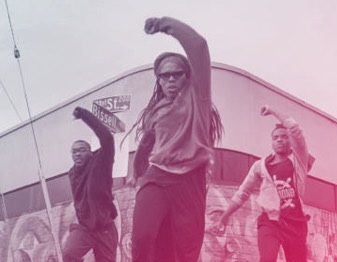I have a dream. It involves dozens of 826 Valencia-related high school students wearing half-aprons printed with the McSweeney’s logo, hawking the San Francisco publisher’s latest issue on the streets of San Francisco. Yes, McSweeney’s Quarterly’s newest issue, a larger-than-life newspaper named San Francisco Panorama, is set to release citywide today (December 8, 2009), and though it’s probably just wishful thinking, I want you to peek outside your window and see if anything looks different. At the time of this writing, their website promises it will be available all over the city ($5 a copy the day of release, $16 thereafter), but doesn’t give any details beyond the fact that you can find it at the regular places that stock McSweeney’s. I’ve got my fingers crossed for a grander entrance, something that encompasses the grandiosity of the gesture.
The newspaper is a collaboration with writers from the San Francisco Chronicle and students from San Francisco State and the Academy of Art College. As you might guess, it will be BIG and BEAUTIFUL and probably even COLLECTIBLE. It also involves SERIOUS investigative journalism and feature-writing by the likes of Bob Porterfield, William Vollman, Stephen King and Nicholson Baker. There will be a magazine. And sports posters. Coverage on food, books, art, the environment, the Bay Bridge, Afghanistan, San Francisco real estate, and marijuana farms in Mendocino. Did I mention that the Mercury News is also involved? And the LA Times? And at least one poet laureate (Robert Haas)? And that it will be pretty? And that there will be comics?

The honest truth is that I’m dying to get a hold of it. I can’t wait to walk outside my apartment, pay my five dollars and take it to coffee, although I’m worried I might feel too protective to take the risk. Part of the fun with newpapers is that I can abuse them (and make paper-mâche). Maybe I’ll buy two. Or three. Three on December 8th will still be cheaper than one on the 9th, and that way if there are any pages that I want to display both sides of, I’ll have the option.




